ART AND ARCHITECTURE
Fascinating architecture, beautiful art and the rich history of Piemonte.




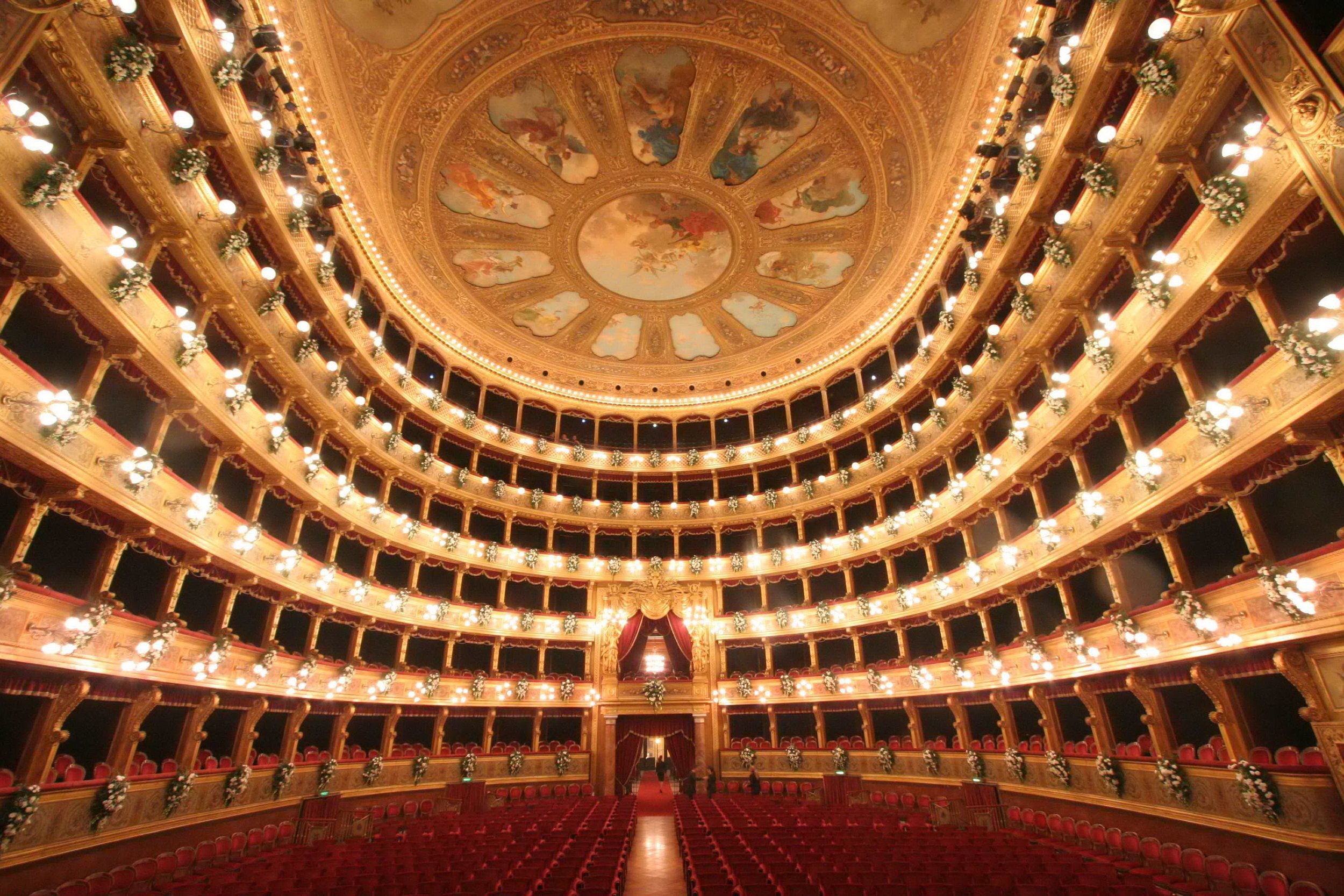
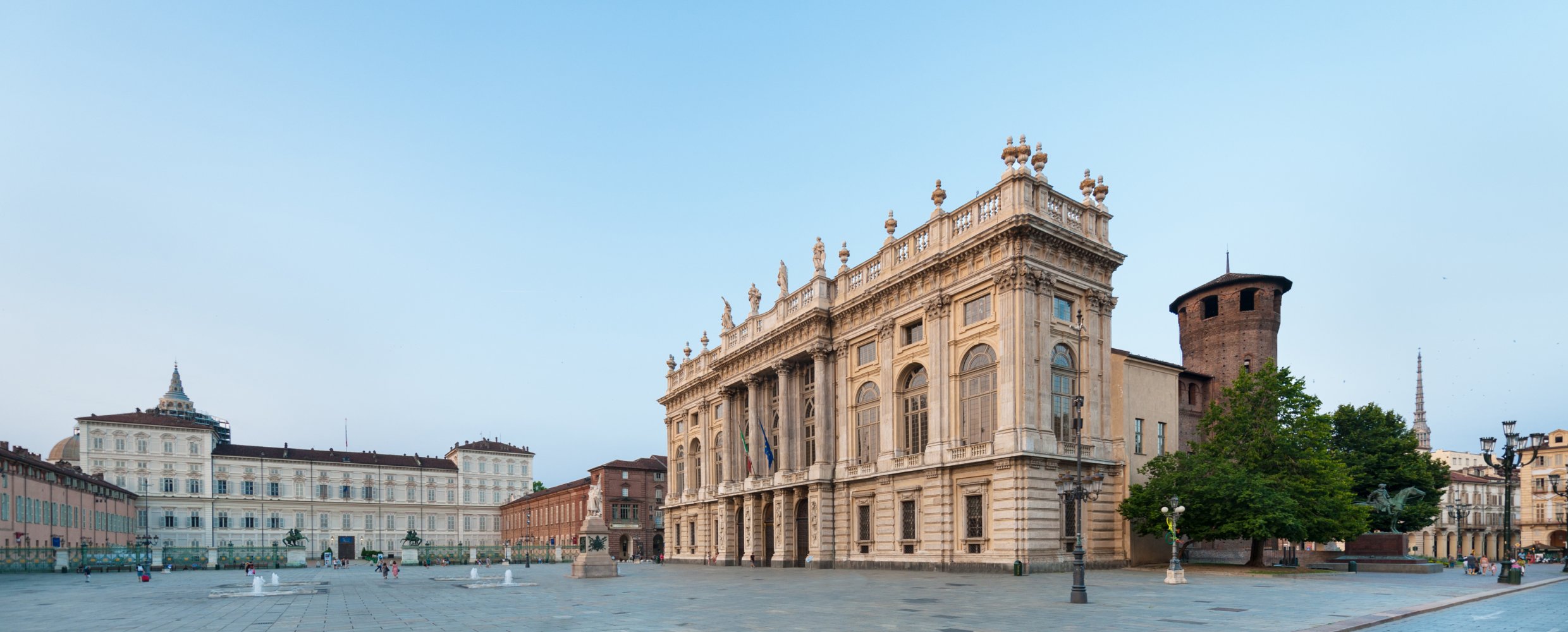
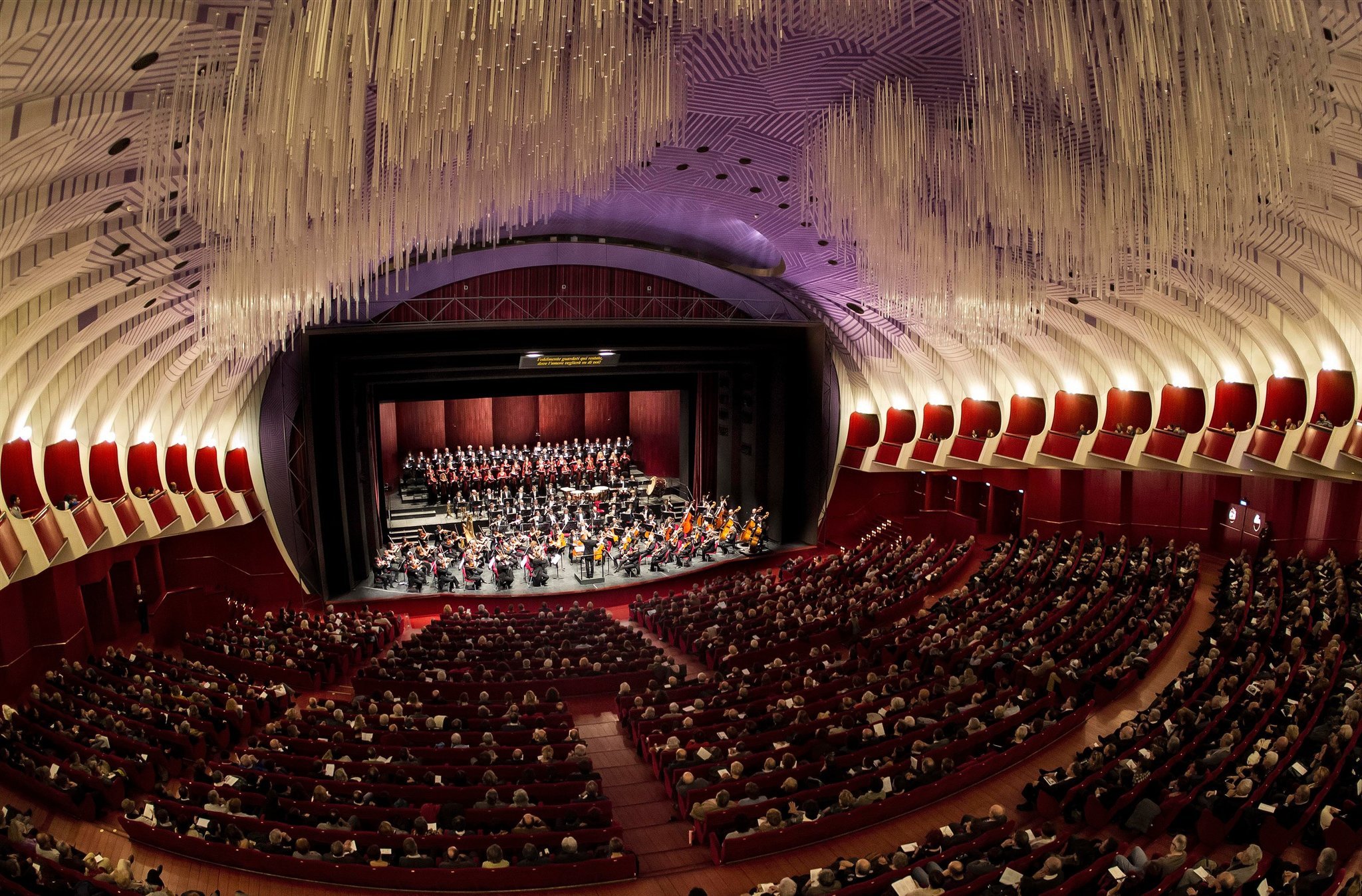
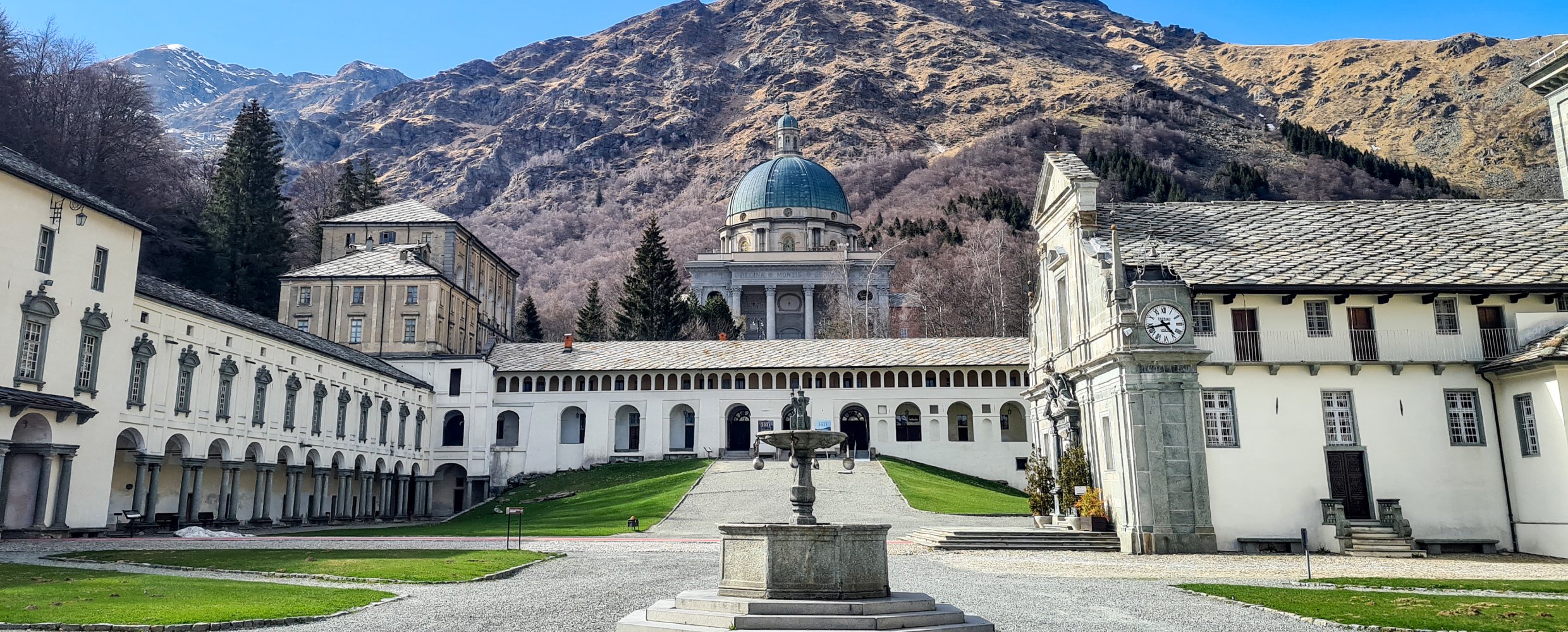

-

Chiesa Santa Cristina e Chiesa San Carlo Borromeo
The twin churches of Santa Cristina and San Carlo Borromeo, pearls of the Baroque commissioned by Maria Cristina of France and Charles Emmanuel I of Savoy in the early seventeenth century. Built on the sides of the road axis on which the extension is set, the two churches serve as scenic backdrops overlooking Piazza San Carlo.
-
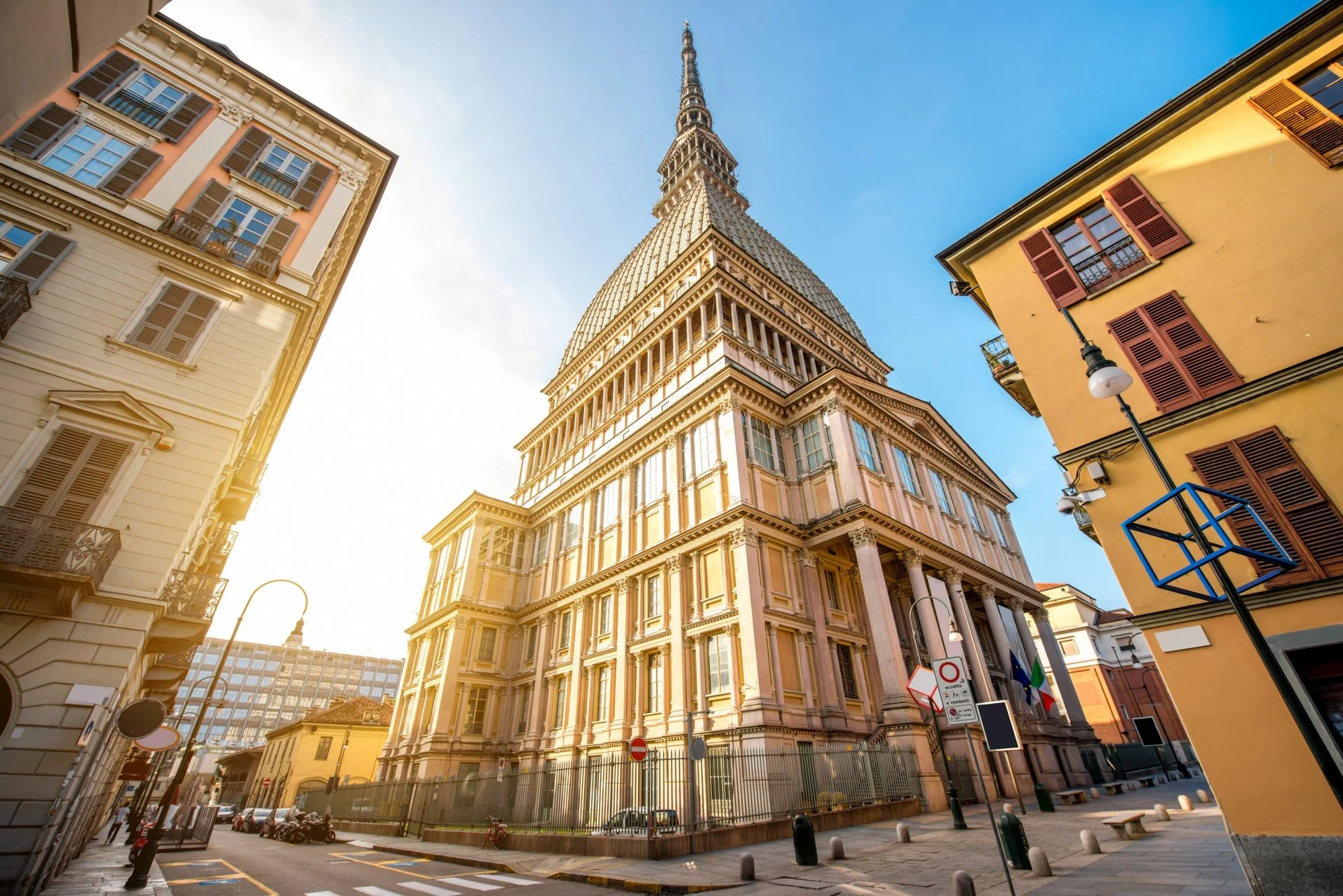
Mole Antonelliana
The Mole Antonelliana, is the tallest brick structure in the world. It’s a symbolic building of Turin and home to the National Museum of Cinema. Designed by Alessandro Antonelli on commission from the Jewish community of Turin as a new synagogue, it was soon sold to the Municipality, still losing its religious purpose during construction. Antonelli vented all his visionary nature by surmounting a neoclassical building with a gigantic neo-Gothic dome, a mixture of styles expressed in the temple and the high spire that overlooks the dome.
-

Palazzo Borromeo
Majestic seventeenth-century residence in the center of Lake Maggiore. In the center of Lake Maggiore, on the small Isola Bella, stands the majestic Palazzo Borromeo. The complex consists of the Palace and the garden. The latter, a set of terraces decorated in perfect Baroque style, allows you to take long walks surrounded by blooms and rare plants, often in the company of regal peacocks. Among the outdoor areas, the Teatro Massimo stands out.
-

Palazzo Madama
A stone's throw from the Piazzetta Reale stands Palazzo Madama with its elegant façade designed at the beginning of the 1700s by the architect Filippo Juvarra for the Madama Reale Maria Giovanna Battista di Savoia-Nemours. Palazzo Madama is an important UNESCO World Heritage architectural site home to the City Museum of Ancient Art. Today it is a museum that hosts exhibitions and events.
-
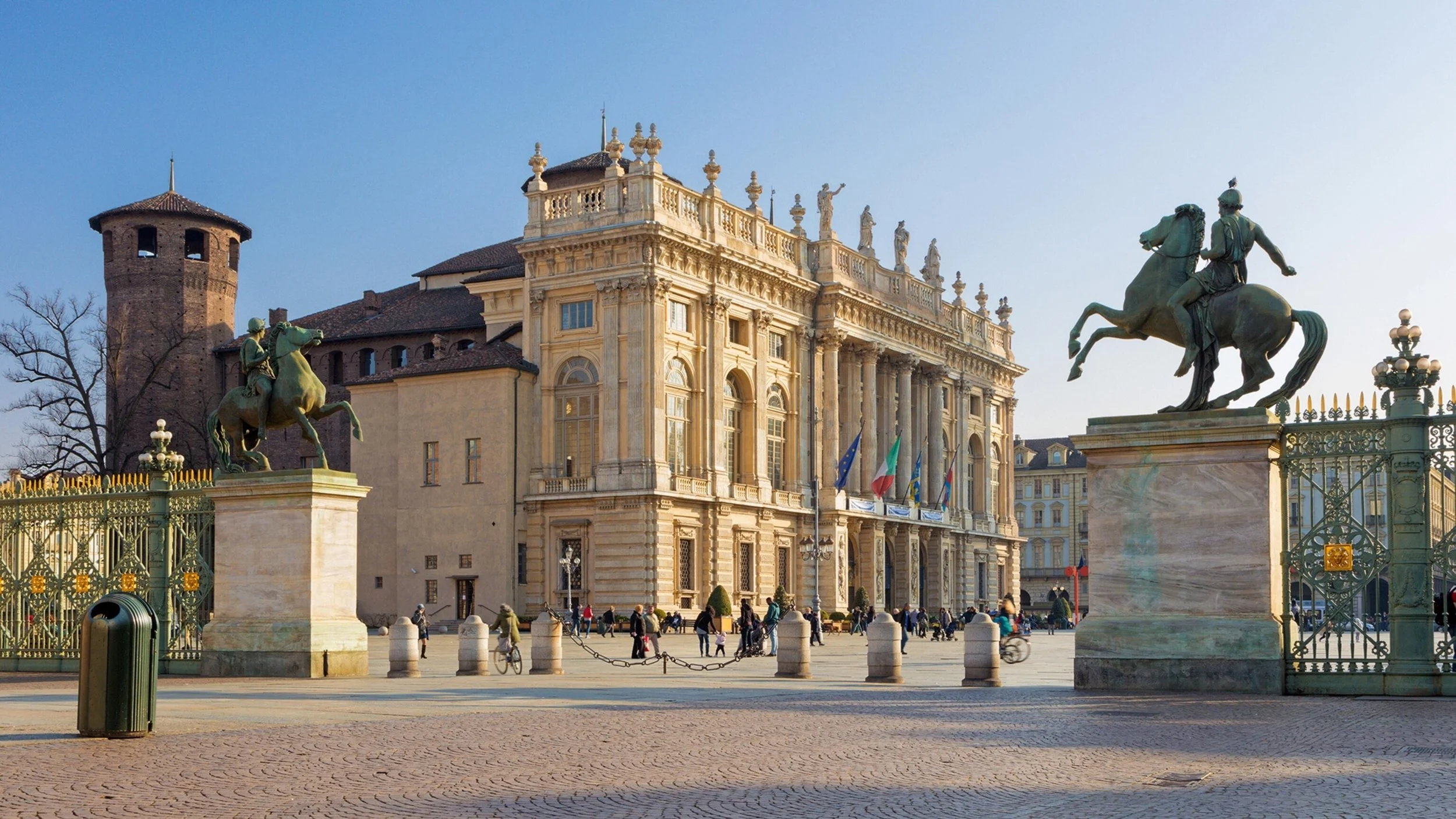
Piazza Castello
It’s the heart of Turin and not only in a metaphorical sense: it is located, roughly, in the center of the city and is rich in history. The square was designed at the end of the sixteenth century and its current configuration is the result of interventions in the second half of the eighteenth century. A series of palaces overlook Piazza Castello, the main ones being Palazzo Madama-Casaforte Acaja and Palazzo Reale.
-

Sacra di San Michele
One of the most enigmatic and fascinating places in Piedmont is the Sacra di San Michele, built between the end of the tenth and the beginning of the eleventh century on Mount Pirchiriano, in Val di Susa, municipality of Sant'Ambrogio of Torino. The main attractions of the Sacra di San Michele are the Foresteria, the New Church, the Torre della Bell'Alda, and the New Monastery.
-

Santuario di Oropa
The Sanctuary of Oropa ,Biella. Built in the fourth century at the behest of Sant'Eusebio, the Sanctuary is located on the Sacred Mount of Oropa. It is divided into several sections: The Treasure Museum, The Old and New Basilica, The Royal Apartment. The icing on the cake is the fourteenth-century statue of the Black Madonna, a masterpiece of medieval sculpture.
-

GAM Modern Art Gallery
It’s a museum that houses works of art by De Chirico, Klee, Picasso, and Warhol. Paintings and sculptures dating back to the 19th century; works of Divisionism, Futurism, and Abstract Art; and works of Pop Art and Arte Povera are all on display at the GAM. Opened in 1863 at the behest of the Savoy family to function as a Civic Museum, it contains works by Canova, Fontanesi, Fattori, Medardo Rosso, and Pellizza da Volpedo. Its original collection was enriched by the addition of works by some great artists of the twentieth century, such as Balla, Boccioni, Casorati, Modigliani, De Chirico, Martini, Morandi, De Pisis, and Fontana. The gallery also houses important works from international historical avant-garde artists such as Klee, Picabia, Picasso, Ernst, Dix, and Calder.
-

Teatro Regio
It has been one of the largest and most important opera houses in Italy and Europe since its inauguration in 1740. It was King Carlo Emanuele III of Savoy who wanted the Teatro Regio to be built in Turin. Very different from the sumptuous and exuberant rococo style of the original building, today the Teatro Regio has become a symbol of modern architecture of the twentieth century. Symbol of Turin, as well as one of the most famous theaters in Europe, the Teatro Regio hosts an opera and ballet season of absolute importance every year. The Orchestra Teatro Regio di Torino is the flagship of the Turin institution and it was founded by Arturo Toscanini at the end of the nineteenth century.
-

Egyptian Museum
Considered to be one of the most important Egyptian museums in the world, second only to the Cairo Museum, the museum contains over 3000 artifacts belonging to the civilization that once flourished on the banks of the Nile. In its rooms, in addition to mummies, sphinxes, papyri, and sarcophagi, it is possible to observe experts go through the restoration process of new finds. The lighting designed by the Oscar-winning set designer Dante Ferretti helps visitors make the most of this unique experience.
